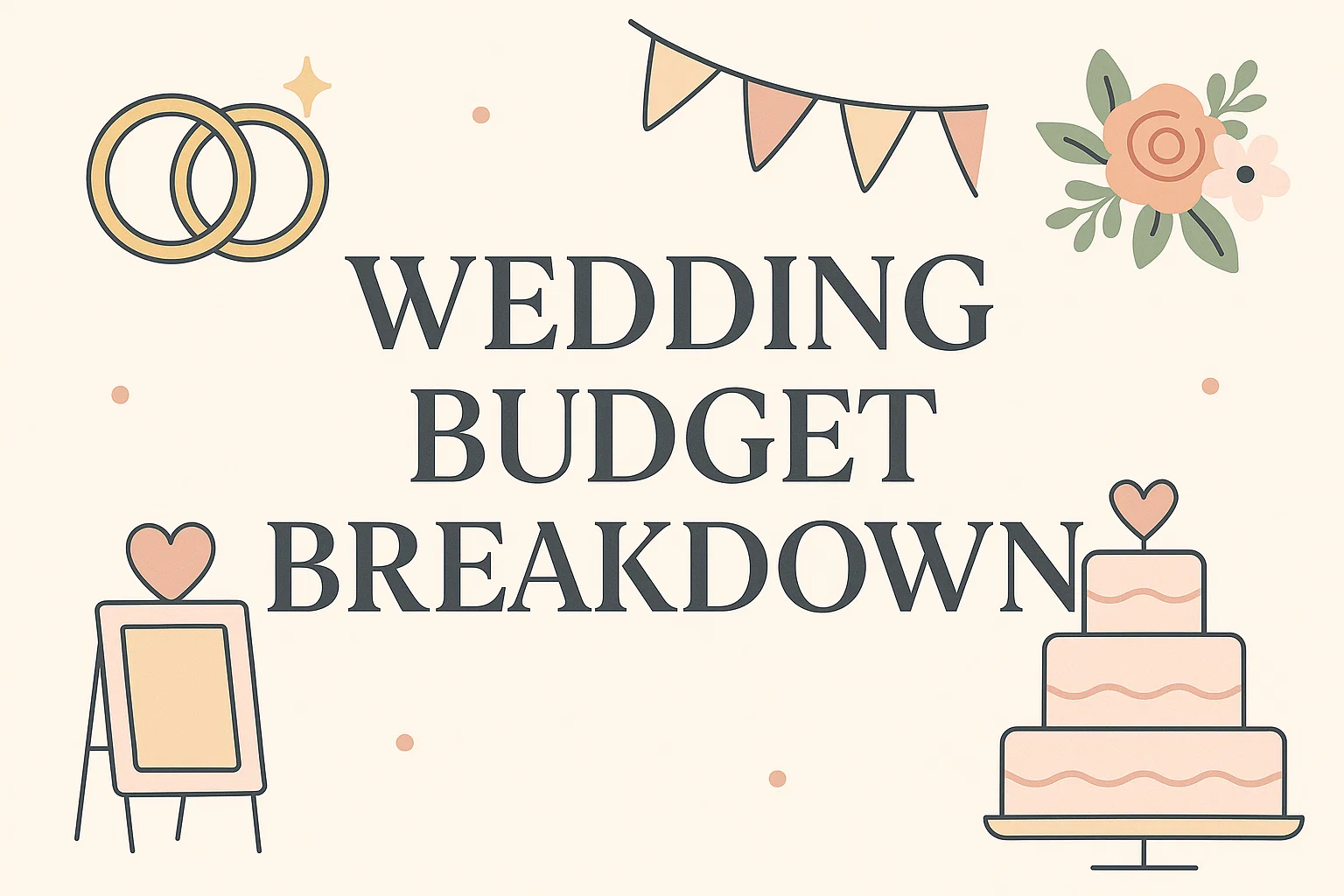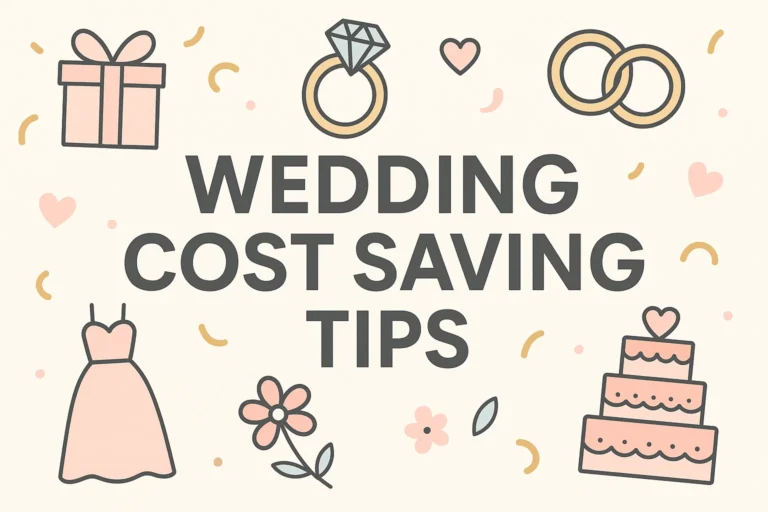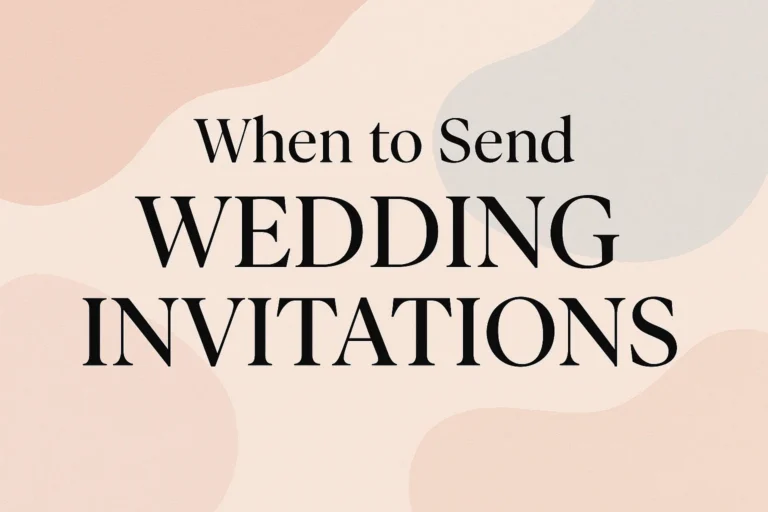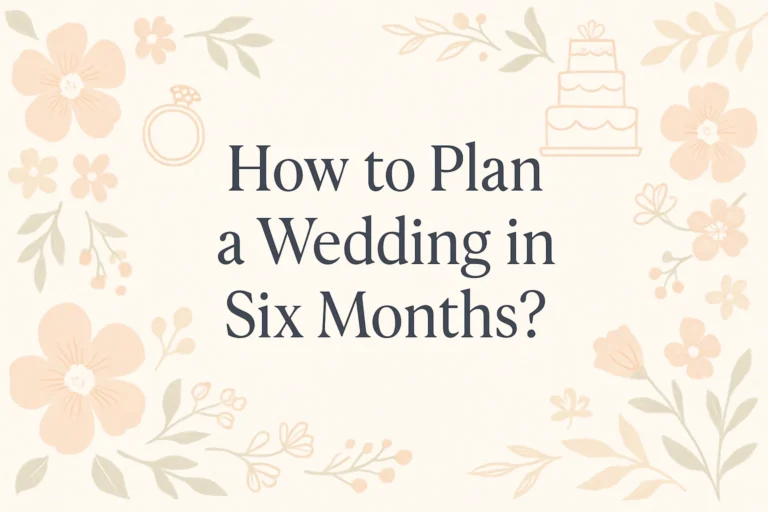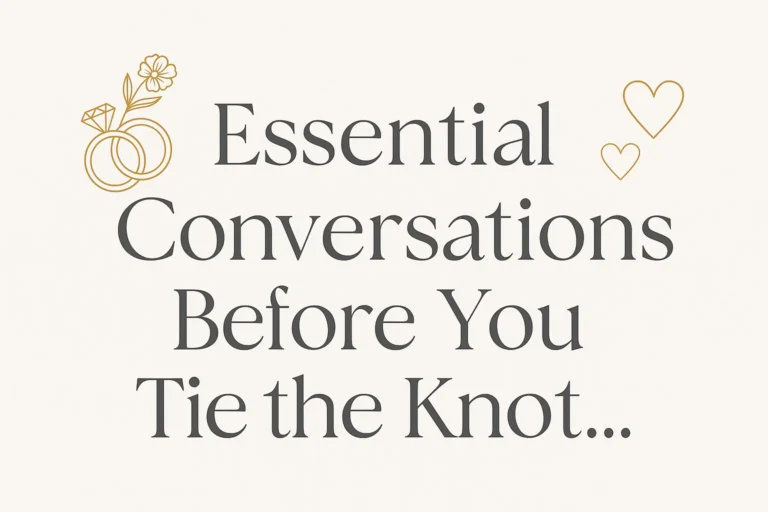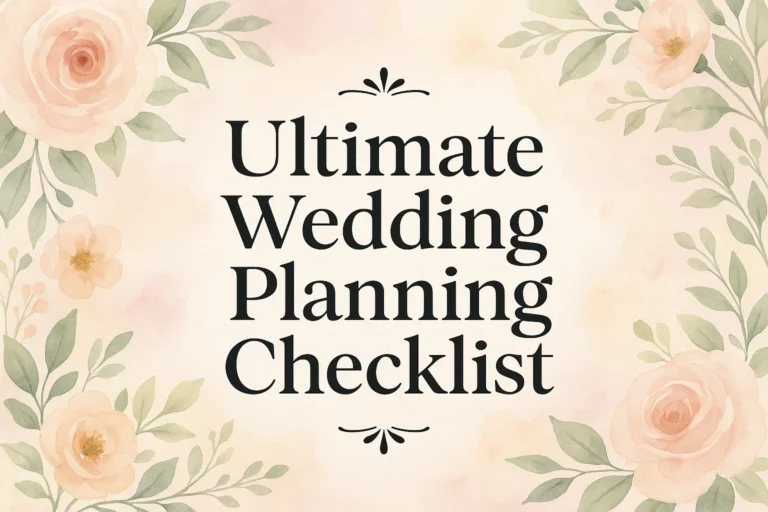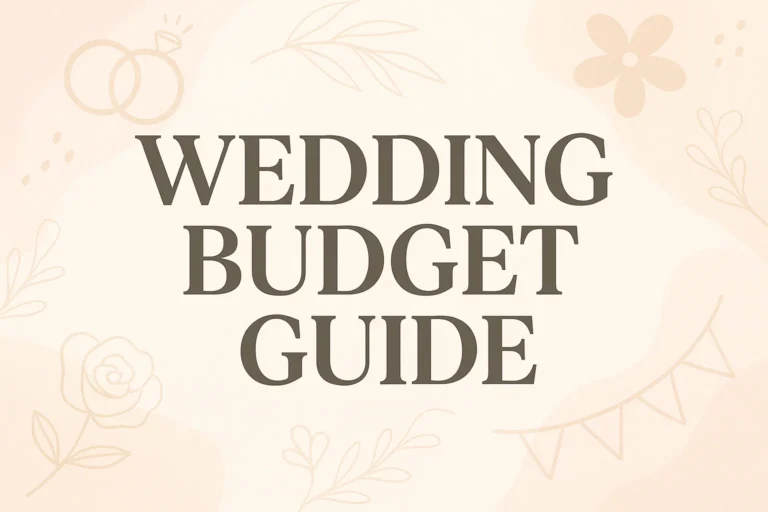Wedding Budget Breakdown Your Essential Guide to Smart Wedding Planning Decisions
Wedding Budget Breakdown: Your Essential Guide to Smart Wedding Planning Decisions
Alright, let’s talk about the one wedding topic that’s slightly less fun than debating centerpieces but infinitely more important: your budget. I know, I know. It’s not as exciting as cake tasting or dress shopping. But hear me out—getting a grip on your finances is the single most liberating thing you can do for your wedding planning. It transforms the process from a stress-filled nightmare into a creative, joyful project.
Think of your budget not as a restrictive cage, but as the ultimate tool for making decisions. When a vendor gives you a quote, your budget is your best friend that whispers, “Yeah, that’s a hard no for us,” or “Heck yes, let’s do it!” Without it, you’re just guessing, and that’s how you end up accidentally spending your honeymoon fund on fancy napkins. Trust me, I’ve seen it happen.
So, grab a cup of coffee (or something stronger, no judgment here), and let’s break this down together. This is your no-BS, friendly guide to creating a wedding budget that actually works for you.
The Foundation: Who’s Paying for What?
Before you can allocate a single dollar, you need to have the talk. And no, not that one. I’m talking about the money conversation with your partner and any family members who have offered to contribute.
This step is crucial. Assumptions are the arch-nemesis of a good wedding budget. Sit down and have open, honest conversations. You might be surprised. Maybe your parents have been saving a specific amount since you were five, or perhaps your partner’s family wants to cover the catering specifically.
The key takeaway? Get the numbers in writing. A simple spreadsheet note confirming who is contributing what amount saves a world of confusion and potential awkwardness later. This total sum is your magic number—the entire amount you have to work with.
The Classic Budget Breakdown: A Starting Point
Now, where does that magic number actually go? Most wedding planning resources will give you a standard percentage breakdown. This is an excellent starting point, but IMO, you should treat it like a guideline, not a gospel. Your priorities will shift these numbers.
Here’s the traditional framework to get you started:
- Venue & Catering (40-50%): Yep, this is the big one. This chunk usually covers your ceremony and reception site rental, all the food, beverages (hello, open bar!), cake, and staffing. This category is a beast, so be prepared.
- Photography & Videography (10-15%): This is one area I beg you not to cheap out on. The food is eaten, the flowers wilt, but your photos and video are what you’ll have forever. Invest in a photographer whose work you absolutely adore.
- Attire & Beauty (5-10%): This includes your dress, alterations, veil, his suit or tux, and hair and makeup for you (and often your bridal party).
- Music/Entertainment (5-10%): Whether it’s a DJ, a band, or an iPod playlist and a great speaker, don’t underestimate the power of good music to keep the party going.
- Florals & Decor (8-10%): Flowers, centerpieces, ceremony arches, and all those little decorative touches add up surprisingly fast.
- Planner/Coordinator (5-15%): A day-of coordinator is worth every single penny. They handle the chaos so you can actually enjoy your day. Think of it as insurance for your sanity.
- Rings (2-3%): The bands you’ll wear forever.
- Stationery (2-3%): Save-the-dates, invitations, postage, programs, and menus. FYI, postage is way more expensive than you think it is.
- Transportation (2-3%): Getting the wedding party and/or guests from point A to point B.
- Miscellaneous & Buffer (5-10%): This is non-negotiable. There will always, always be unexpected costs. A buffer is your financial safety net.
Your Priorities: The Budget Rule of Three
Here’s where we get personal. The standard breakdown is boring. Your wedding shouldn’t be. Sit down with your partner and decide on your top three priorities.
What matters most to you both? Is it incredible food and wine that wows your guests? A killer band that gets everyone on the dance floor? Stunning photography that captures every tear and laugh? Or maybe it’s a breathtaking venue?
Once you identify your top three, you allocate more of your budget to these areas. This means you’ll have to cut back elsewhere. For example, if photography and food are your things, maybe you opt for a beautiful, minimalistic venue that doesn’t need much decor, saving you thousands on flowers. If the party atmosphere is key, you might choose a less expensive buffet-style meal to free up cash for an amazing DJ and premium bar.
This is the secret to a wedding that feels authentically you without going bankrupt.
Sneaky Costs That Will Surprise You (Because They Got Me!)
Every wedding has hidden costs. They’re like little financial ninjas, waiting to jump out when you least expect them. Let’s expose them, shall we?
- Service Charges and Gratuities: That caterer quote? It probably doesn’t include a 20-22% service charge. And then you have to tip on top of that. Same goes for hair and makeup, transportation, etc. Always ask if tax and service charges are included in a proposal.
- Postage: Mailing 100 invitations with RSVP cards isn’t cheap. Factor in the cost of stamps early on.
- Marriage License: It’s not free to make it official! Costs vary by state and county.
- Vendor Meals: You have to feed your photographer, videographer, DJ, and planner. They’re working a long day! This is usually a lower-cost meal, but it’s an added line item.
- Alterations: A wedding dress almost never fits perfectly off the rack. Budget several hundred dollars for a skilled seamstress.
- Overtime Fees: If the party is rocking and you want your DJ to play for an extra hour, it’ll cost you. Know the overtime rates for your key vendors.
Your Action Plan: How to Actually Make This Work
Feeling overwhelmed? Don’t be. Here’s your simple, step-by-step plan.
- Get a Dedicated Email & Spreadsheet: Create a new email address just for wedding stuff. It keeps everything organized and prevents your personal inbox from becoming a nightmare. Then, live and die by a wedding budget spreadsheet. Google Sheets is your new best friend.
- Track EVERYTHING: Every deposit, every coffee meeting with a vendor, every pack of stamps goes into the spreadsheet. Update it religiously.
- Pay with a Credit Card: Use a card that gives you rewards points or cash back. Pay it off in full every month, and those points could help pay for your honeymoon flights. Just, you know, be smart about it :).
- Negotiate (Politely!): It never hurts to ask if a vendor has any flexibility or if they offer packages that might better suit your budget. The worst they can say is no.
- Revisit and Adjust: Your budget is a living document. If you go over in one category, see where you can cut back in another to balance it out.
Wrapping It Up: Your Day, Your Rules
At the end of all this number-crunching, please remember one thing: your wedding is about celebrating your love. It is not about impressing distant relatives you haven’t seen in a decade or keeping up with Pinterest. The most memorable weddings are the ones filled with genuine joy and personal touches, not the ones with the most expensive ice sculpture.
Your budget is the tool that protects you from stress and allows you to focus on what truly matters. It empowers you to make smart decisions so you can start your marriage on solid financial ground, not under a mountain of debt.
So, take a deep breath. You’ve got this. Make your plan, know your priorities, and then go have the most amazing, authentic, and financially-smart celebration ever. Now, who’s ready for some cake tasting?

